| 结构式 | 名称/CAS号 | 全部文献 |
|---|---|---|
 |
甲酸
CAS:64-18-6 |
|
 |
炔诺酮
CAS:68-22-4 |
|
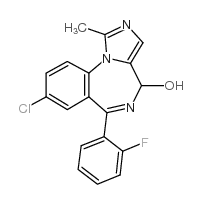 |
4-羟基咪达唑仑
CAS:59468-85-8 |
|
 |
乙酸铵
CAS:631-61-8 |
|
 |
奥美拉唑
CAS:73590-58-6 |
|
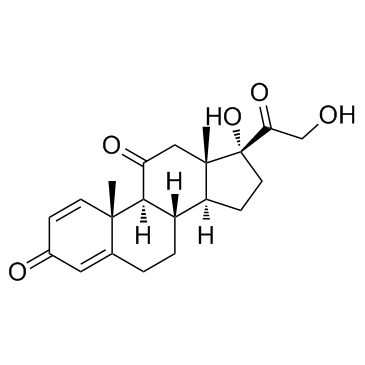 |
泼尼松
CAS:53-03-2 |
|
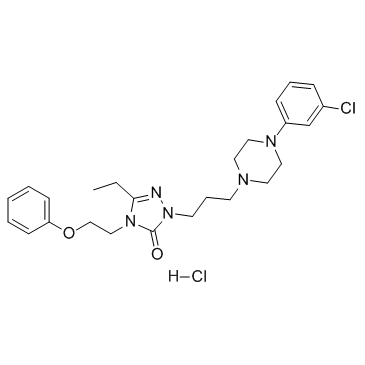 |
奈法唑酮盐酸盐
CAS:82752-99-6 |
|
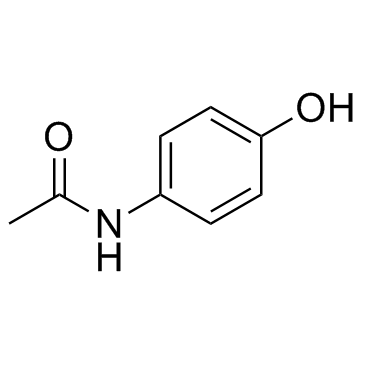 |
对乙酰氨基苯酚
CAS:103-90-2 |
|
 |
利培酮
CAS:106266-06-2 |
|
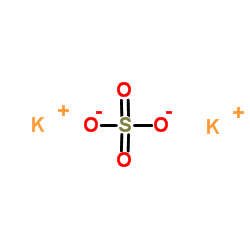 |
硫酸钾
CAS:7778-80-5 |